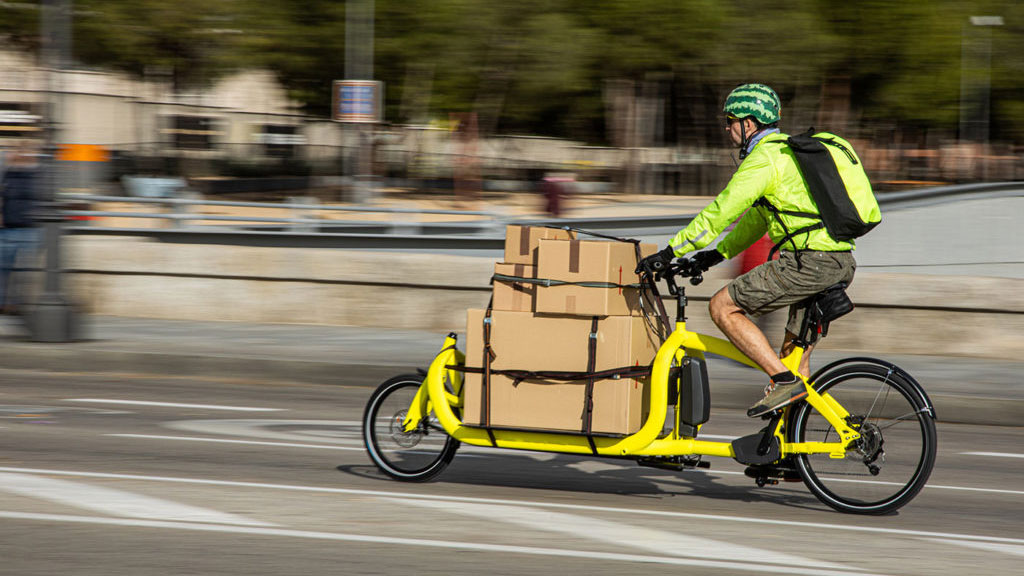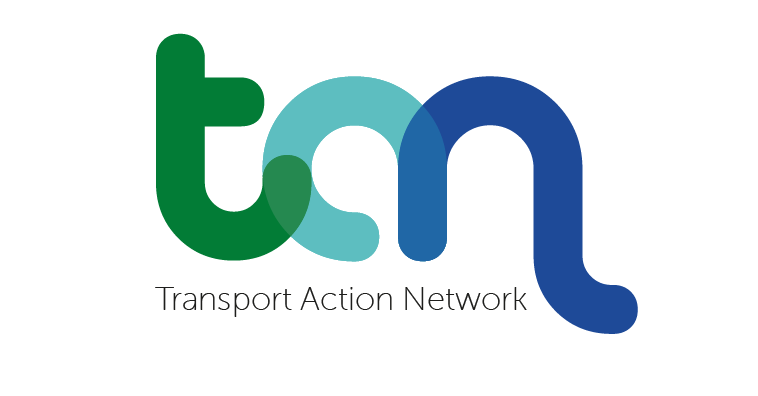Improving the service provided by Britain’s public transport networks needs to be central to any plan for a Low Traffic Future. So too is the promotion of various forms of shared and community transport, including car–clubs, ride-sharing schemes, community transport services and public cycle hire schemes.
Yet at present, public transport in Britain is often expensive, unreliable and poorly co-ordinated, mainly due to a combination of underfunding, fragmentation and organisational failures. It does not help that successive governments have consistently held down or (more recently) cut fuel duty each year since 2010, while allowing public transport fares to rise. The New Economics Foundation reported in 2023 that bus fares had risen by 76% and rail fares by 50% since the fuel duty freezes began, whereas petrol costs were up by just 23%. Greener Vision showed in 2020 that, by then, the policy had increased motor traffic by 5%, resulting in an extra 5 million tonnes of CO2 emissions and 15,000 tonnes of extra NOx emissions, 250m fewer bus journeys and 75m fewer rail journeys, compared with what would otherwise have happened. The Social Market Foundation has since shown that this policy has cost the Exchequer £100bn.
Volunteer-run community transport services often fill vital gaps in the conventional public transport network, and can be vital particularly for older and/or disabled people to maintain their independence, access services and participate in their communities. However they are often neglected in planning local transport services.
So far in the UK, public cycle-hire is mostly still limited to a few larger towns and cities (and often just to their central areas), while car-clubs and ride-sharing are still seen as niche activities rather than as normal options.
Yet if we want a Low Traffic Future with all its benefits for tackling congestion, pollution and the climate emergency, we need to support the revival of public, shared and community transport services as easy, convenient, inexpensive and normal ways to get around.
A crucial step is to strengthen public control of and accountability for public transport networks and services. This in turn will make it easier to implement solutions such as:
- Expanding and increasing the capacity of the rail and metro networks (n.b the term ‘metro’ encompasses underground, light rail and tram networks), building new or upgraded stations, and investing in critical power and signalling systems, so that cheaper, more frequent, better-connected, more reliable and greener rail services can serve more parts of the country.
- Similarly, supporting more frequent and reliable bus and coach services, e.g. by improving bus priority in urban areas and by boosting the coverage and frequency of rural services. Rural buses are a lifeline for rural communities: without them, people who are unable to drive (including young and older people, people with some disabilities and those who simply cannot afford to run a car) face social and economic isolation, unable to reach schools, colleges or work-places other than by relying on lifts and taxis.
- Improving public transport links to and within National Parks and other protected landscapes. People will feel much more inclined to leave the car at home when going on weekend breaks or holidays if they feel they can get around without a car when they get there.
- Supporting community transport services – many of them volunteer-run – such as school or hospital transport schemes, dial-a-ride, motability and similar services, including those aimed primarily at older and/or disabled people.
- Increasing usage of the full range of shared transport options, e.g. car clubs in residential areas or ride-sharing for people travelling the same workplaces or business parks.
- Supporting the growth of public cycle hire schemes, as well as targeted opportunities for people to try cargo-bikes and non-standard pedal cycles, including those with electric assistance.
Promoting better integration of all of the above, including coordinated timetabling and ticketing (e.g. through online ‘mobility as a service’ (MaaS) platforms), ‘mobility hubs’ and active travel.

"If we want a Low Traffic Future with all its benefits for tackling congestion, pollution and the climate emergency, we need to support the revival of public and shared transport as easy, convenient, inexpensive and normal ways to get around."

"If we want a Low Traffic Future with all its benefits for tackling congestion, pollution and the climate emergency, we need to support the revival of public and shared transport as easy, convenient, inexpensive and normal ways to get around."
Improving the service provided by Britain’s public transport networks needs to be central to any plan for a Low Traffic Future. So too is the promotion of various forms of shared and community transport, including car–clubs, ride-sharing schemes, community transport services and public cycle hire schemes.
Yet at present, public transport in Britain is often expensive, unreliable and poorly co-ordinated, mainly due to a combination of underfunding, fragmentation and organisational failures. It does not help that successive governments have consistently held down or (more recently) cut fuel duty each year since 2010, while allowing public transport fares to rise. The New Economics Foundation reported in 2023 that bus fares had risen by 76% and rail fares by 50% since the fuel duty freezes began, whereas petrol costs were up by just 23%. Greener Vision showed in 2020 that, by then, the policy had increased motor traffic by 5%, resulting in an extra 5 million tonnes of CO2 emissions and 15,000 tonnes of extra NOx emissions, 250m fewer bus journeys and 75m fewer rail journeys, compared with what would otherwise have happened. The Social Market Foundation has since shown that this policy has cost the Exchequer £100bn.
Volunteer-run community transport services often fill vital gaps in the conventional public transport network, and can be vital particularly for older and/or disabled people to maintain their independence, access services and participate in their communities. However they are often neglected in planning local transport services.
So far in the UK, public cycle-hire is mostly still limited to a few larger towns and cities (and often just to their central areas), while car-clubs and ride-sharing are still seen as niche activities rather than as normal options.
Yet if we want a Low Traffic Future with all its benefits for tackling congestion, pollution and the climate emergency, we need to support the revival of public, shared and community transport services as easy, convenient, inexpensive and normal ways to get around.
A crucial step is to strengthen public control of and accountability for public transport networks and services. This in turn will make it easier to implement solutions such as:
- Expanding and increasing the capacity of the rail and metro networks (n.b the term ‘metro’ encompasses underground, light rail and tram networks), building new or upgraded stations, and investing in critical power and signalling systems, so that cheaper, more frequent, better-connected, more reliable and greener rail services can serve more parts of the country.
- Similarly, supporting more frequent and reliable bus and coach services, e.g. by improving bus priority in urban areas and by boosting the coverage and frequency of rural services. Rural buses are a lifeline for rural communities: without them, people who are unable to drive (including young and older people, people with some disabilities and those who simply cannot afford to run a car) face social and economic isolation, unable to reach schools, colleges or work-places other than by relying on lifts and taxis.
- Improving public transport links to and within National Parks and other protected landscapes. People will feel much more inclined to leave the car at home when going on weekend breaks or holidays if they feel they can get around without a car when they get there.
- Supporting community transport services – many of them volunteer-run – such as school or hospital transport schemes, dial-a-ride, motability and similar services, including those aimed primarily at older and/or disabled people.
- Increasing usage of the full range of shared transport options, e.g. car clubs in residential areas or ride-sharing for people travelling the same workplaces or business parks.
- Supporting the growth of public cycle hire schemes, as well as targeted opportunities for people to try cargo-bikes and non-standard pedal cycles, including those with electric assistance.
Promoting better integration of all of the above, including coordinated timetabling and ticketing (e.g. through online ‘mobility as a service’ (MaaS) platforms), ‘mobility hubs’ and active travel.





